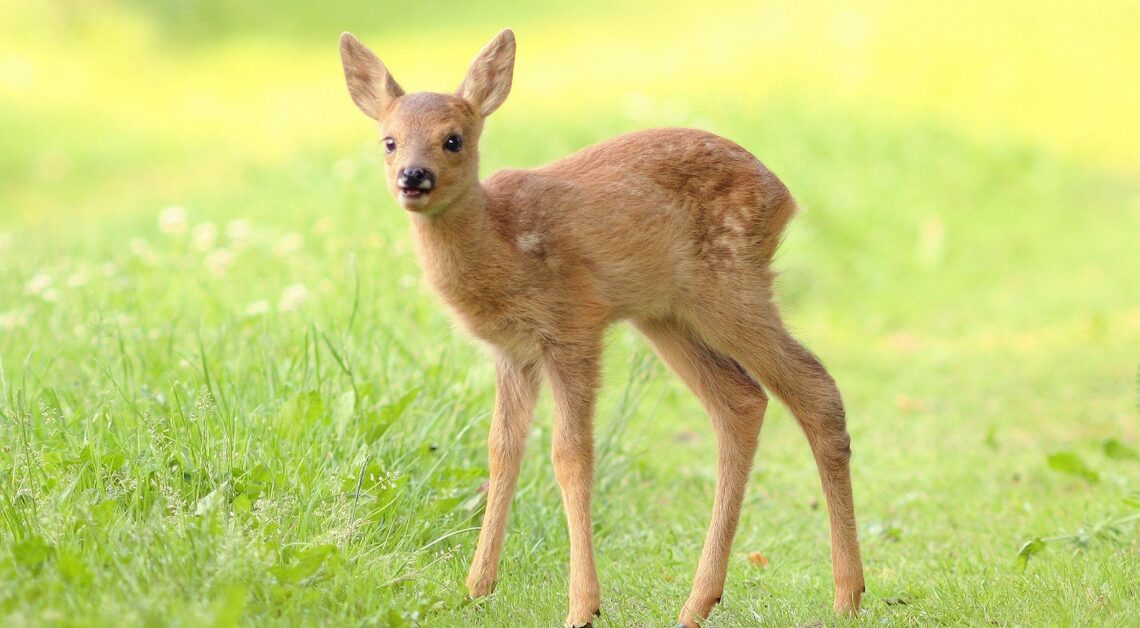
The age at which fawns can survive on their own depends on their individual development and environmental conditions. You can find all the information here.
When can fawns survive on their own?
The first weeks of a fawn's life are crucial for its survival and future independence. During this phase, they are heavily dependent on their mother.
- Roe deer fawns are usually born in spring and are completely dependent on their mother for the first few days.
- During the first few weeks, the kids feed exclusively on their mother’s milk, which provides them with all the necessary nutrients.
- The deer protects its fawns from predators and guides them to hide in the tall grass to remain undetected.
- After just a few days, the kids begin to explore their surroundings. However, the animals always stay close to their mother.
- During the first few weeks, the young animals develop important survival skills such as recognizing danger and finding food.
From then on, the independence and autonomy of kittens begins
The transition to independence is a gradual process in which the fawns gradually learn to survive on their own. When they are able to do this depends on various factors.
- From around three to four weeks, kids begin to eat solid food such as grass and herbs in addition to their mother's milk. From the sixth to eighth week, their dependence on their mother's milk becomes less and they become more capable of survival.
- The mother teaches her kids how to avoid predators and find their own food. This training phase is crucial for the survival of the offspring.
- From aboutthree monthsTheoretically, the fawns can survive on their ownalthough they often stay with their mother for some time longer to continue learning.
- Fawns are usually with aboutfour to six monthscompletely independent and can survive on their own. This is especially true if they live in a safe environment with sufficient food.
- If you find a fawn, it is best to leave it untouched. The mother is often nearby and will return to care for it. If the fawn is in danger, notify a wildlife expert or forest ranger.
You might also be interested in:
- Animals in autumn: Interesting facts about autumn wildlife
- Feeding squirrels: What to consider
- Snail without a house: Can it survive? All information
- Why are sloths so slow? 5 facts about the slowest mammal
